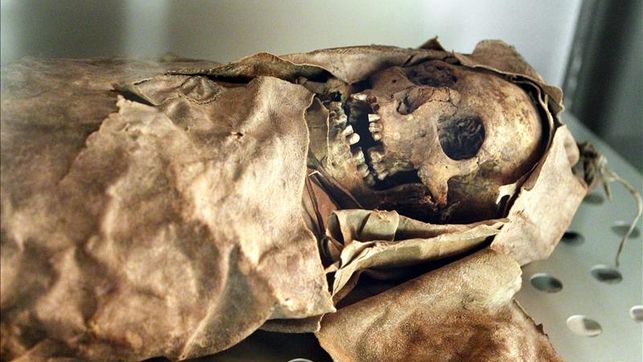The recent decision of the Canary Islands’ Government to impose a tax on sugar-based food and drinks purchased in the Canary Islands is a response to serious concerns about the very high obesity levels on the islands, which is the third highest region in the world. Some have claimed that Canarian obesity levels may be linked to genetic factors and not over consumption of sugary foods and drinks. Recent research evidence adds another interesting dimension to this discussion.
Aboriginal Berber people called Guanches were the first settlers of the Canary Islands, migrating to these islands around 1000 BC. Following the Spanish conquest of these islands, those Guanches that survived starvation during a period that many historians now perceive as genocide were quickly absorbed by their Spanish conquerors. As many visitors to these islands will become aware once they leave the beaches and tourist centres, elements of the rich Guanche culture still survive. Canarian traditions and customs, such as the whistled language of Silbo, practiced on the island of La Gomera, is one example of this rich and varied heritage. Many secrets of the Guanche past remain hidden and we can only speculate about the life and times of this ancient people. However, one recent discovery tells us much more about their culture, burial practice, health, physique and dental health.
In 2016, one Guanche mummy and three Egyptian mummies were removed from Spain’s National Archaeological Museum in Madrid and taken for a detailed scan that would hopefully yield much more information than previously known. Although the mummified body of the Guanche showed many similarities with its Egyptian counterparts, the main difference was that the Egyptians removed the brains and internal organs, whilst the Guanches left the organs of their dead intact at the time of mummification.
Remembering that these bodies were preserved more than 2000 years ago, the results are fascinating. Two of the Egyptian mummies were found to be women, one of whom was pregnant. A third mummy was a male who was a doctor to the Pharaoh and priest in the 27th Century BC. It was the mummified body of the Guanche from Santa Cruz, Tenerife that will be of most interest to many Canarians. This Guanche mummy, who lived between the 11th and 13th Century B.C. and was discovered in a cave in the Herques Valley in Tenerife in 1763, revealed that mummies from the Canary Islands had better dental health than their Egyptian counterparts.
Many high-resolution anatomical images reconstructed the bodies in 3D, revealing necklaces, bracelets, a diadem, sandals and 16 amulets. As well as bones, researchers found fragments of ligaments, tendons, muscles and the heart in the Egyptian mummies, even though they had their internal organs removed, since they believed that was where the essence of being and feelings resided.
The study of the Guanche mummy revealed that mummies from the Canary Islands had far better teeth than their Egyptian counterparts, whose dental health was very poor. This research is further proof that the Guanches lived on a low-sugar diet. It was much later when the Canary Islands became the site of the first Spanish-owned sugar plantations in the 15th Century that the islands became dependent upon a sugar-based economy. Maybe that is when sugar-based health and obesity problems began…
If you enjoyed this article, take a look at Barrie’s websites: http://barriemahoney.com and http://thecanaryislander.com or read his latest book, ‘Footprints in the Sand’ (ISBN: 9780995602717). Available in paperback, as well as Kindle editions.





